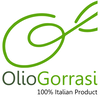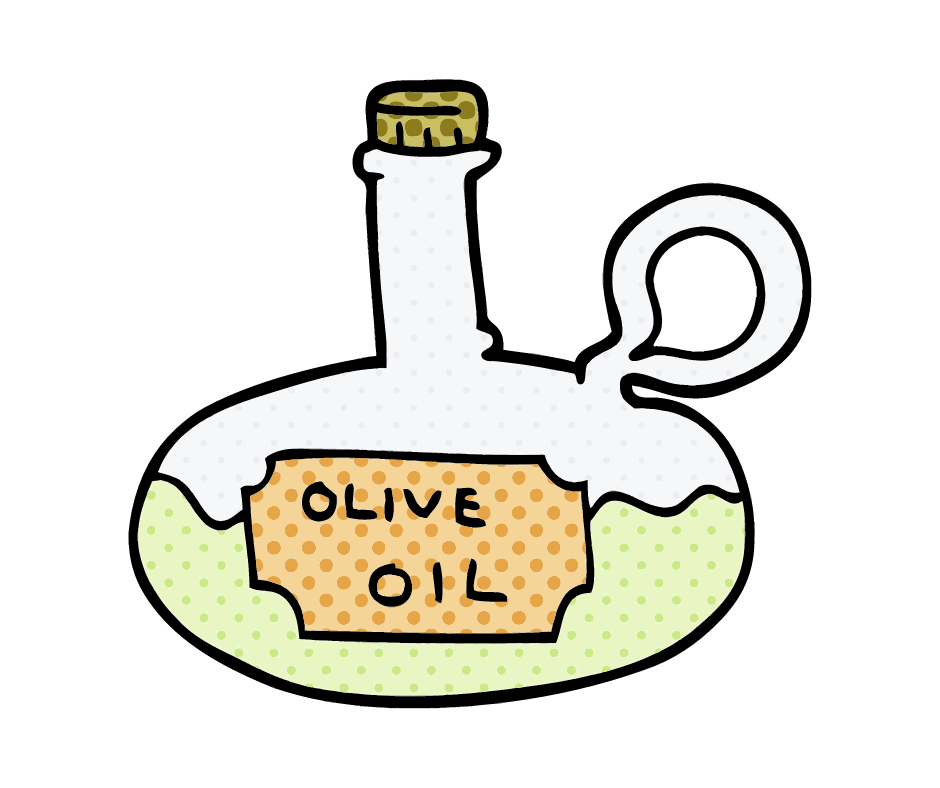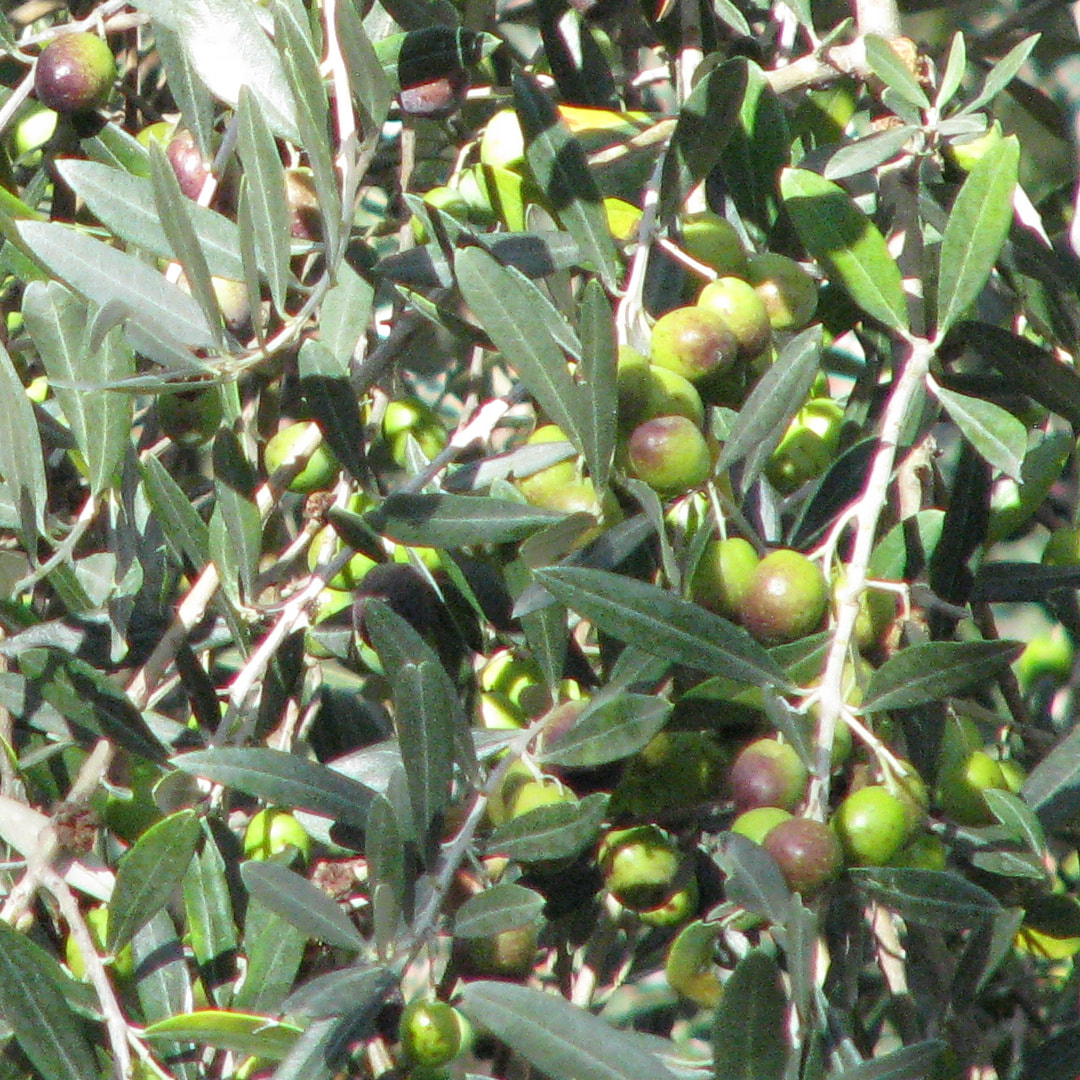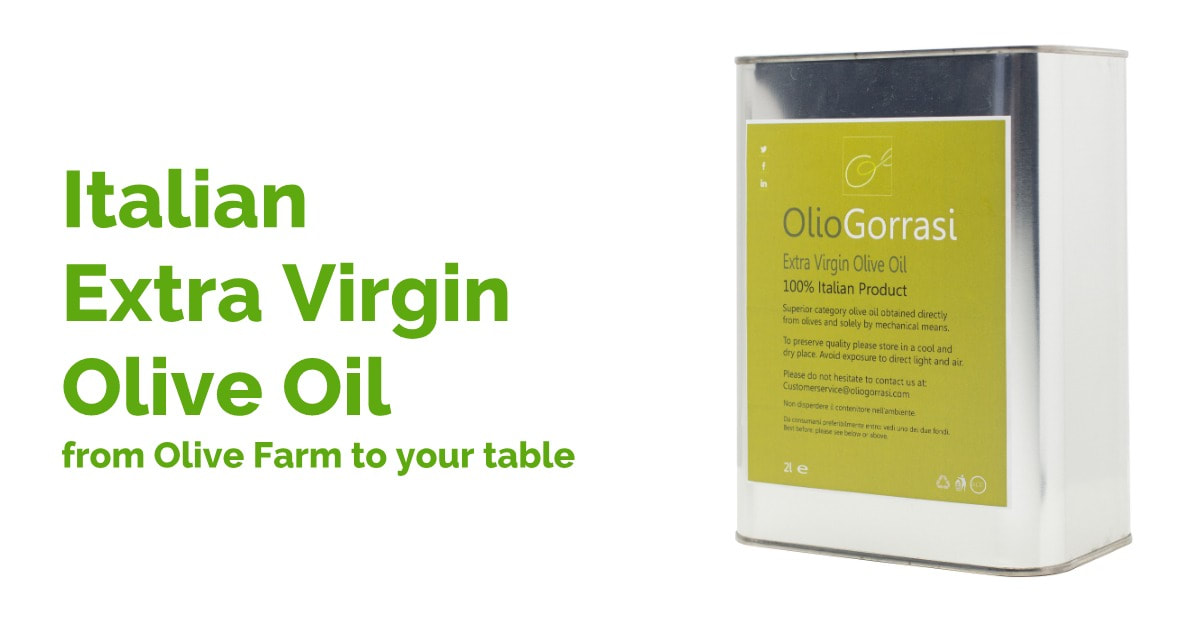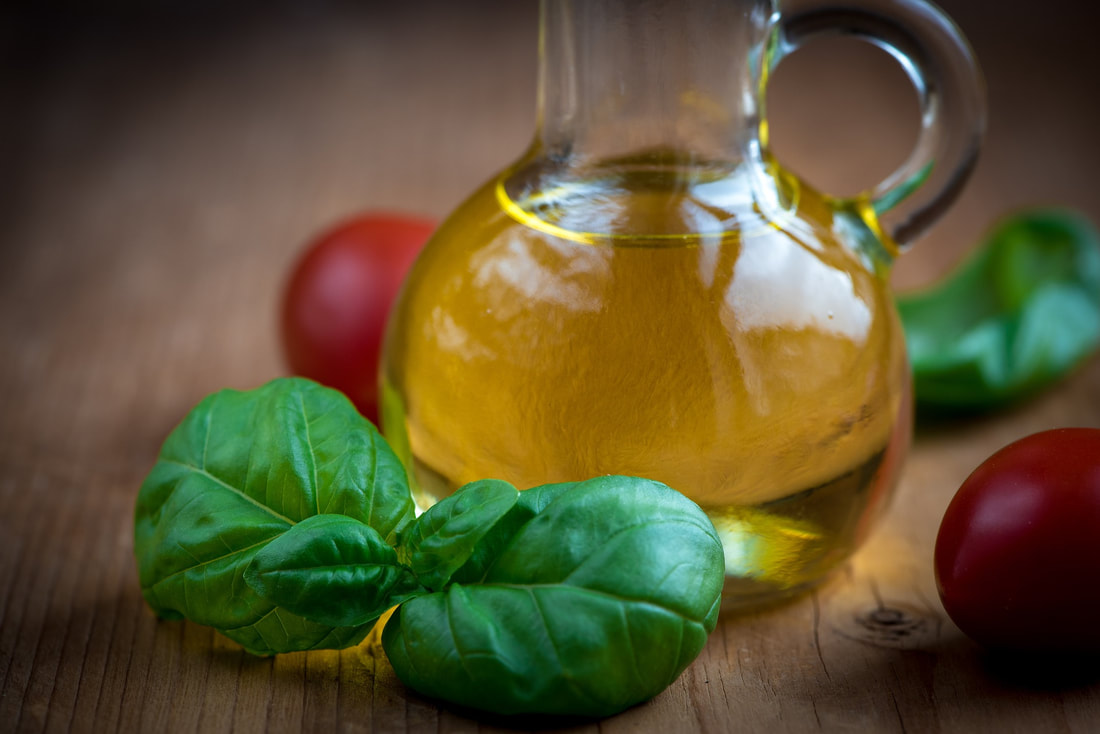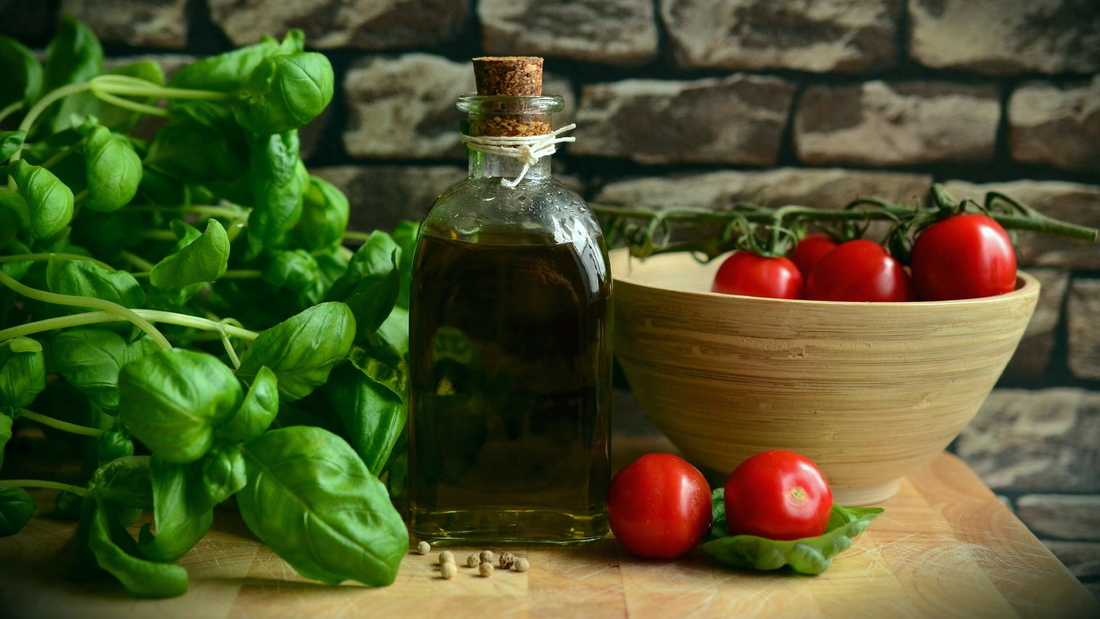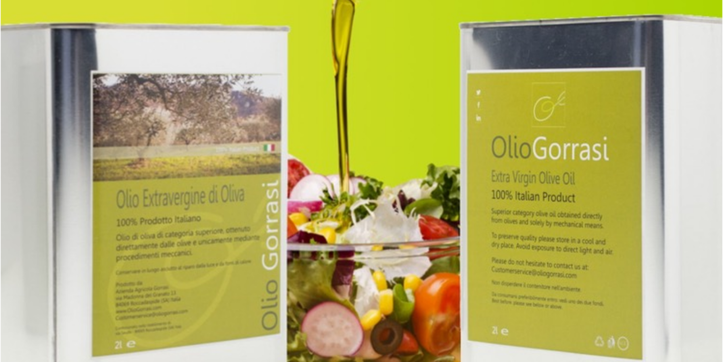|
Correct storage is critical to preserve nutritional qualities of extra virgin olive oil. The rule number one to get olive oil when its nutritional qualities are the highest level is to buy the most recent harvest. The rule number two is buying from a trusted producer, whenever possible.
Great! Now that you got a high quality extra virgin olive oil, how do you preserve its nutritional qualities? Storage is the most important element to preserve its qualities for a longer period of time. Olive oil enemies are: Oxigen, Light and Heat. If we protect it from these three elements we are doing the right thing. Oxygen - Freshly milled olive oil is packed with antioxidants (polyphenols), an indicator of quality. If you expose it to air/oxygen these qualities degrade quickly due to the oxidation process. So, always keep your olive oil well sealed. If you buy it in packaging bigger than one litre it is strongly recommended you bottle it in smaller and sealed containers. Light - Exposure to light causes a chemical reaction called photo-oxidation. Good practice is to keep it away from sunlight and always in dark colored containers. Dark glass, stainless steel or porcelain are ideal, certainly not plastic. Heat - Ideal temperature for olive oil is around 15C, it should never be stored in a warm environment above all if temperatures can go above 20C. Heat could turn it rancid. A sound practice is keeping just daily or weekly consumption in the kitchen if the environment is constantly warm. Remember! Olive oil is not wine. Its qualities degrade with age. In conclusion, always buy the current year harvest and to preserve its nutritional qualities, store olive oil in a dark and cool place.
0 Comments
During the months of October to December, olive oil season reaches its peak, and olive farmers are constantly visiting their orchards to monitor the ripening process, which is known as veraison. Veraison is a crucial period in the ripening process, during which the olives' colour changes from green to black, passing through various shades of purple and pink. It's important to harvest the olives at the right time to ensure the quality of the oil. If harvested too early, when the olives are still green and not fully ripe, the oil will have a harsh and bitter taste. On the other hand, if the olives are harvested too late, after veraison has completed, the oil tends to be greasy and lacks flavor. The colour of the oil also changes during the ripening process, from dark green to yellow-green. At our orchards, we begin harvesting our olives when they are in the middle of veraison, before they are fully ripe. This helps to ensure that our olive oil has the perfect balance of flavour and aroma. To ensure that our olive oil is of excellent quality, we take great care to ensure that the olives are fresh and intact when they are brought to the mill. Any damaged fruit can cause excessive oxidation, which can affect the quality of the oil. We take pride in our olive oil, and we are committed to providing our customers with the highest quality product. We hope that you will enjoy the fruits of our labour and appreciate the care and attention that goes into every bottle of our olive oil. To learn more please visit www.oliogorrasi.com. On the market, there are hundreds of offers of Extra Virgin Olive Oil with prices ranging from less than €3 to more than €30 per liter. In most cases, these are products that are the result of refining or blends of oils of different origins. The standard, often mediocre, varies a lot.
Is it still possible for the final consumer to select and purchase a 100% Italian Extra Virgin Olive Oil of guaranteed quality? Yes, it is possible. Few common sense rules can help:
Azienda Agricola Gorrasi is a small farm that produces olive oil from olives grown and harvested from its own olive orchard. New olive oil will be shipped in about six weeks. For shipments within Italy shipping is free. For shipping within the European Union we apply a flat shipping cost of €28 which is about 50% lower than real cost. Special terms apply for group orders. Please contact us for a quote. Buy now on our online store. You need a litre of extra virgin olive oil, a handful of basil inflorescence and ten basil leaves. Pick the basil inflorescence in the morning, leave them to dry if they are dewy, then place them in a tightly sealed container. Add the oil, close and leave to macerate for three weeks in a dark, cool place. Add the basil leaves and leave to macerate for another week. Finally, filter and decant into small bottles: you will have an excellent seasoning to use with salads, pasta, minestrone, vegetables, soups… You do not have a garden where to pick basil? It is the right opportunity to invest in a small basil plant to keep in your kitchen. With a little sunshine and water, your small plant will yield enough basil for each and every one of your recipes. If keeping a basil plant alive is a challenge you are not willing to undertake, don’t worry, you can always purchase basil leaves directly from the shop. While visiting a gourmet store, you may have come across aromatic olive oil and probably never thought that you could actually make the best one at home. In fact, nothing could be easier than preparing good aromatic olive oil. There are a few, simple rules to follow in order to obtain excellent results. The ingredients are: fresh aromatic herbs and high-quality extra virgin olive oil. If you grow the herbs yourself, pick them early in the morning. Then marinate the herbs and olive oil in a glass container for a given period of time. You are then ready to dress salads, vegetables, fish, grains etc. A bottle of aromatic olive oil, with a handwritten label, is also a great gift idea! So make sure to stay tuned on our blog for delicious aromatic olive-oil recipes and slow-food inspiration! In order to be classified as Extra Virgin, olive oil must possess specific qualities. These are defined by the European Union regulations 2568/91 and subsequent amendments. Chemical parameters such as pH (acidity) and peroxide amount, differentiate Extra Virgin Olive Oil from lower quality products such as refined oils or lampante. Organoleptic properties like spiciness, rancidity, mouldiness and fruitiness also contribute to the classification of Extra Virgin Olive Oil. These properties are, in fact, assessed by a panel of tasters. If the olive oil is rancid or mouldy, it cannot be marketed as Extra Virgin. This is the legal definition, which, unless you are a chemist, does not tell you much. Nonetheless, as a consumer, it is important to know that it is these particular chemical characteristics that certify a high-quality product. They indicate that the olives have been attentively cultivated, harvested and milled with care. For example, did you know that olives must be harvested when they reach a specific level of ripeness? Moreover, damaging the olives must be avoided at all times and they should be pressed within 24 to 48 hours of picking. The use of natural fertilizers such us plant-based or animal manure also greatly contributes to quality. Shown below are the chemical parameters and organoleptic properties of the olive oil produced from our 2017 harvest. The test report certifies that our product can be classified Extra Virgin Olive Oil.
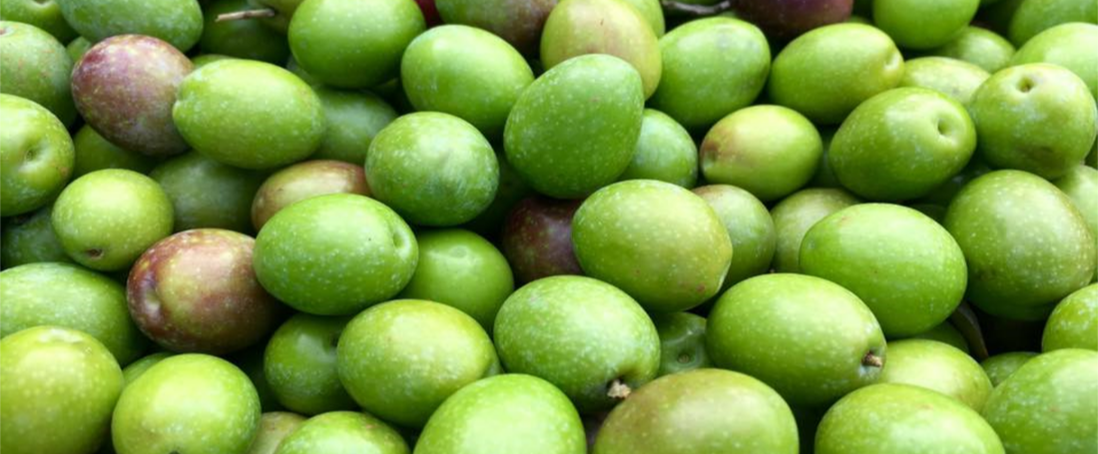 Does the title of this post sound a bit pretentious? Well, sadly, it’s true. Genuine, healthy food cannot be low cost. Products manufactured by the large-scale food industry can be, but the quality ingredients needed for a wholesome diet cannot be delivered to the public with prices that replicate those of food industries.
All across Europe, local family businesses delivering tasty bread, fresh, savoury meat, flavour filled fruit, etc. have fallen into decline over the last decades. Think for a second, when was the last time you enjoyed a tasty plum? Or bought some pears that didn’t perish within a couple of days? A growing number of people, if not all of us, has become accustomed to the food with non-existing flavour offered by the big distribution. Only an aging minority, witnesses of locally grown, authentic ingredients could tell you what a vegetable should taste like and when it’s in season. The quality of food in supermarkets is a disappointment, more harmful than it is nutritious. So, dear reader, if you’re interested in the topic and have read thus far, one must pose you the question: which category do you belong to? Are you a mainstream food consumer or an aging, more demanding consumer? If you are a mainstreamer, you most likely purchase your groceries from large chains, paying three for the price of one! Seems like a great deal no? Yet this is the precise moment economics kill quality. Why? Big scale producers, with unbeatable bargain power push down the prices of ingredients potentially at the expense of quality. Low-cost/low-quality ingredients increase margins. The traditional, local family business model has no chance to survive in this scenario, unless, two conditions are met:
Whether you follow the three-for-one sales or are more demanding when it comes to the provenance and quality of food please visit our Store and buy Extra Virgin Olive Oil directly from our olive farm. |
|||||||||||||||||||||||||||||||||||||||||||||||||||||||
|
AZIENDA AGRICOLA GORRASI
di Pasquale Gorrasi Via Madonna del Granato n.13 84069 Roccadaspide (SA) - Italia CF: GRRPQL62L22H394C P.IVA 05232090653 – REA Salerno n. 430495 |
